Tucked away in the rugged mountains of southern Italy, Pietrapertosa feels like a world apart. This ancient town clings to rocky slopes and gets its name from “Pietraperciata,” or “pierced stone,” because of the unusual rock formation there.
Pietrapertosa sits at the highest point in Basilicata, offering not only sweeping views but also homes carved right into the mountainside.
I stumbled across this hidden gem while traveling through southern Italy last summer. Wandering the narrow stone streets between houses built into the rock, I felt like I’d stepped back in time.
The town’s architecture isn’t just striking—it’s a clever answer to the tough mountain landscape. People have lived here for centuries by adapting their homes to the stone itself.
Basilicata still flies under the radar, and Pietrapertosa really stands out as its highlight. Unlike the crowded hotspots like Rome or Florence, you’ll find authentic Italian culture here without elbowing through tourists.
I spent hours exploring stone pathways, sampling local dishes, and chatting with residents whose families have called these stone houses home for generations.
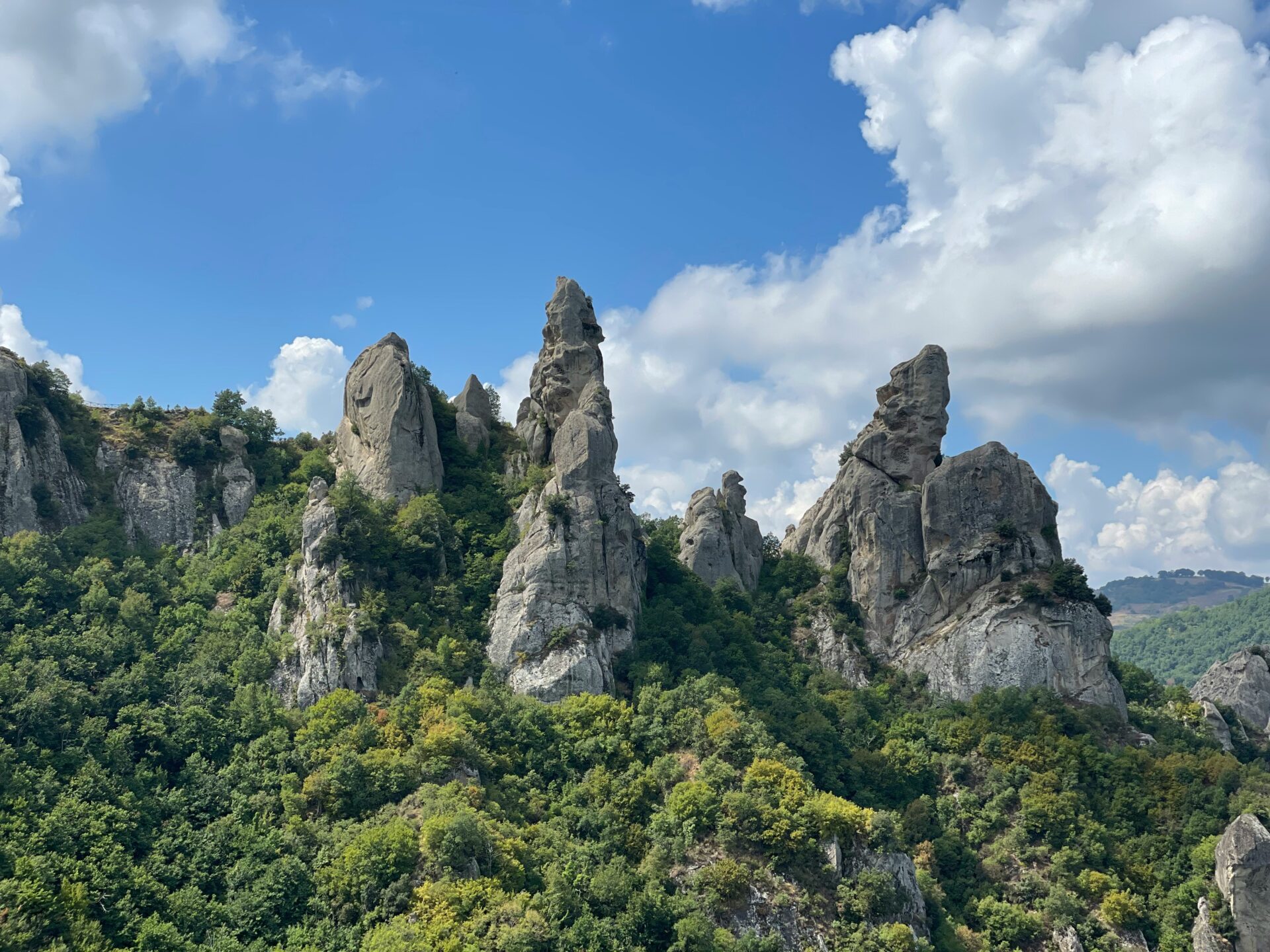
Discovering Basilicata’s Lofty Mountain Villages
Basilicata’s mountain villages offer some of the most stunning views in Southern Italy. These ancient settlements perch on rocky peaks and give you a glimpse of a way of life that’s lasted for generations.
A Journey to the Roof of Basilicata
I kicked off my adventure in Pietrapertosa, which sits 1,088 meters above sea level and claims the title of Basilicata’s highest village. Even getting there felt like an adventure, with winding roads carving through the dramatic Dolomiti Lucane mountains.
When I first saw this medieval village, it honestly took my breath away. Stone houses look like they grew right out of the mountain, blending into the rugged landscape.
Walking the narrow streets, I ran my hand along walls that have stood since the Saracen era. The village’s name—“pierced stone”—really fits, as the houses seem carved straight into the rock.
Nearby Castelmezzano offers another jaw-dropping example. Together, these villages create a skyline you won’t forget.

Unique Geography and Elevation
Basilicata’s geography sets the stage for these mountain villages. The tough limestone of the Dolomiti Lucane gave early settlers both natural defense and building material.
These villages sit high up, between 700 and 1,100 meters. That means cooler air in the blazing Southern Italian summers.
The altitude creates a microclimate that feels totally different from the coast just a few hours away. The steep terrain forced homes to stack upward, not outward, which gives these villages their unique look.
I found the “Sassi” building technique fascinating—people literally carved homes from mountain stone. This ancient method keeps houses comfortable year-round, cool in summer and warm in winter.
From the village squares, I could see for miles on a clear day. The views are just unreal.
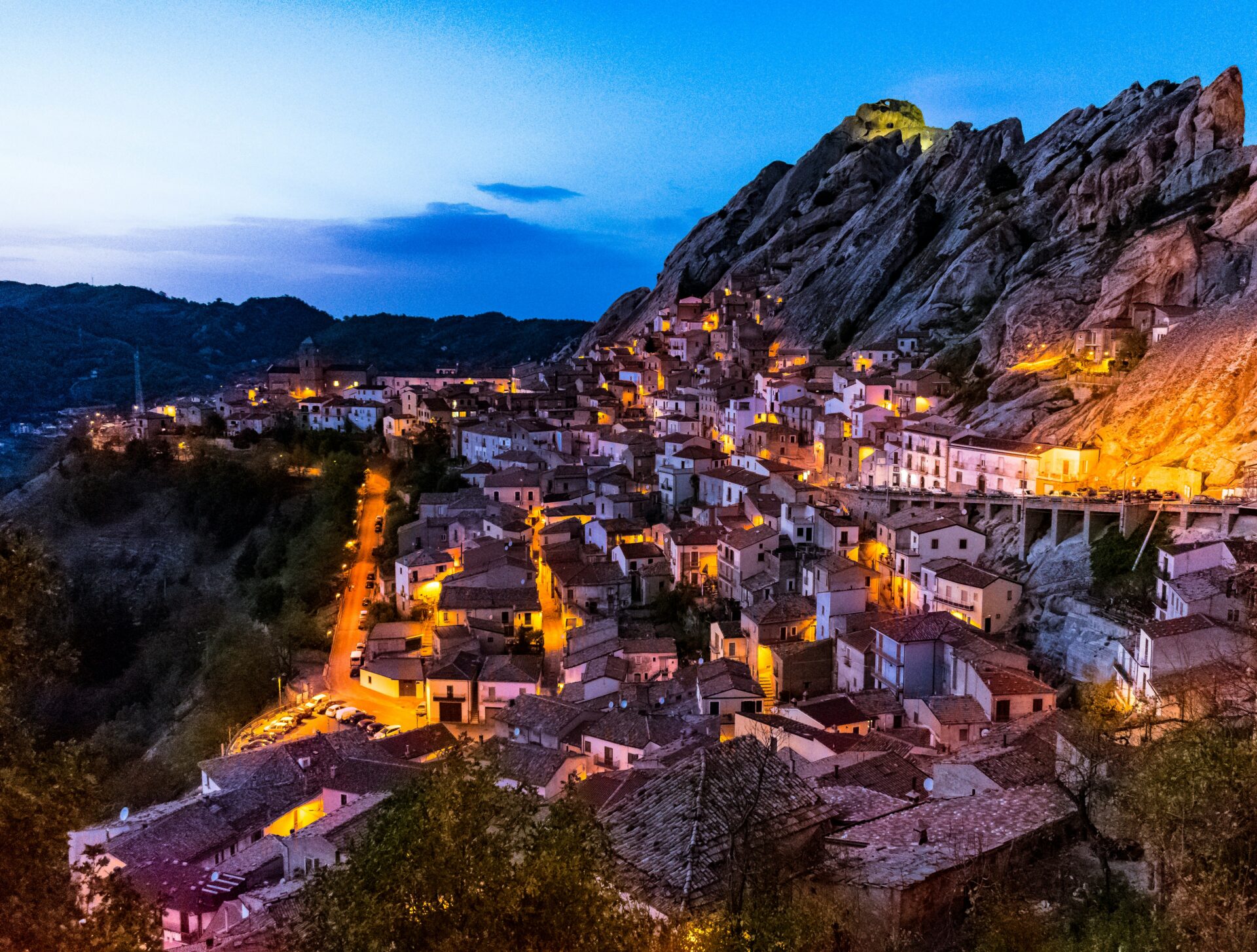
Why Altitude Shapes Village Life
Living up here has shaped everything about daily life and local culture. Villagers developed their own traditions to deal with the mountain conditions.
Farming looks different here, too. Terraced fields climb up steep slopes, and livestock graze according to the changing seasons.
The tough landscape made neighbors depend on each other, especially during harsh winters when the roads get tricky.
I loved seeing how festivals reflect mountain life. Many celebrations mark the seasons or remember times when villagers defended themselves from these high vantage points.
Craco, now a ghost town, shows what can happen when the balance tips. Landslides forced everyone to leave—a stark reminder that these beautiful places can be unforgiving.
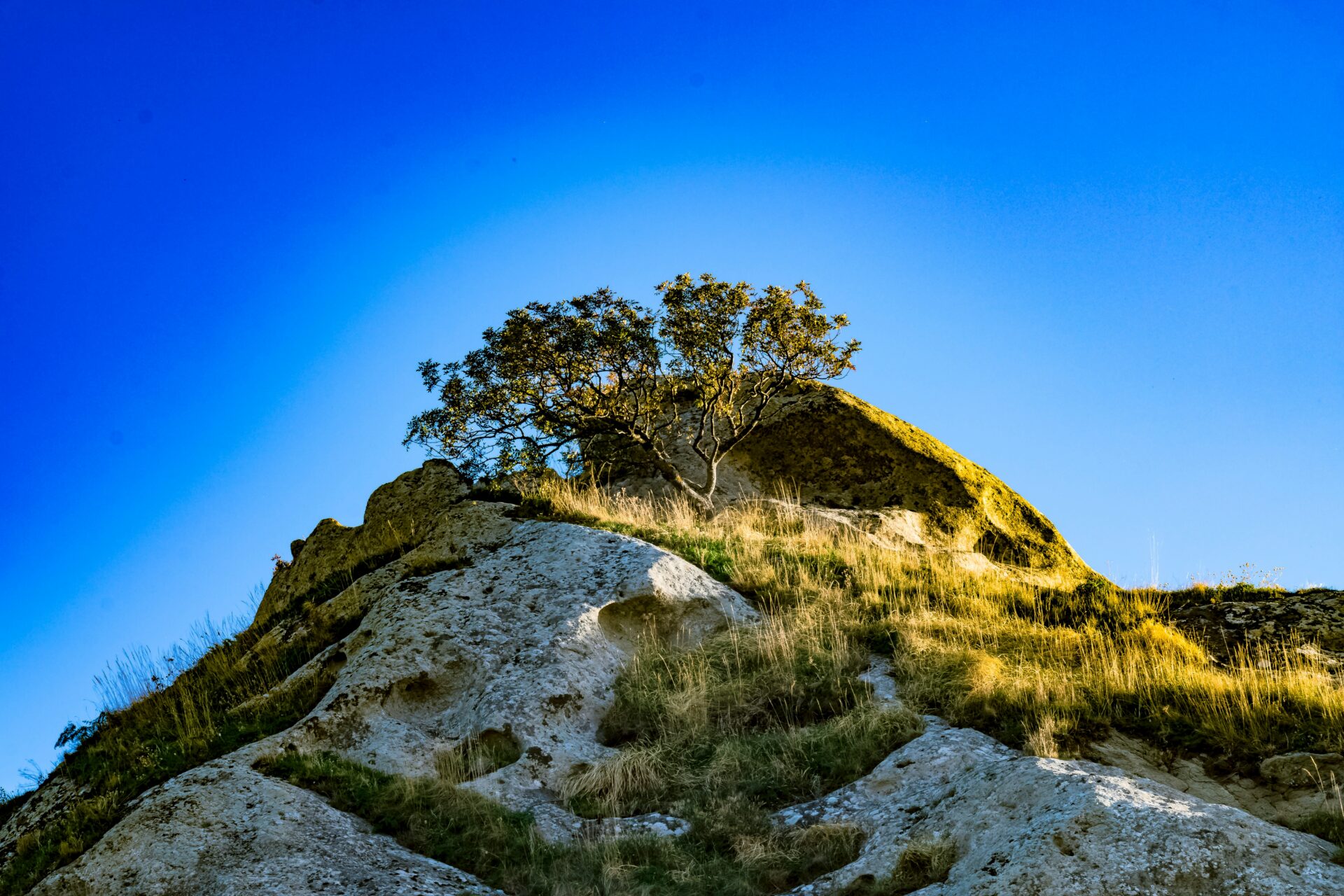
Stone Houses Carved Into the Mountains
Basilicata’s stone houses show just how creative people can get when faced with tough environments. These dwellings, carved right into the mountainside, reveal both engineering skill and a deep bond with the land.
The Art of Carving Dwellings from Rocks
Walking through these villages, I’m always struck by the skill it took to carve homes from solid stone. Local builders used basic tools—just hammers and chisels—to shape rooms, doors, and stairs right into the rock.
They started by picking the right rock face. Then, they’d carve out living spaces, letting the shape of the mountain guide their work.
What’s really cool is how they used nature to their advantage. Many homes have smart ventilation, channeling the mountain’s natural breezes. Some even collect rainwater straight from the rock.
You’ll find the most impressive examples in Matera, where the Sassi district takes this tradition to another level. These cave homes stay cool in summer and warm in winter—pretty genius, honestly.
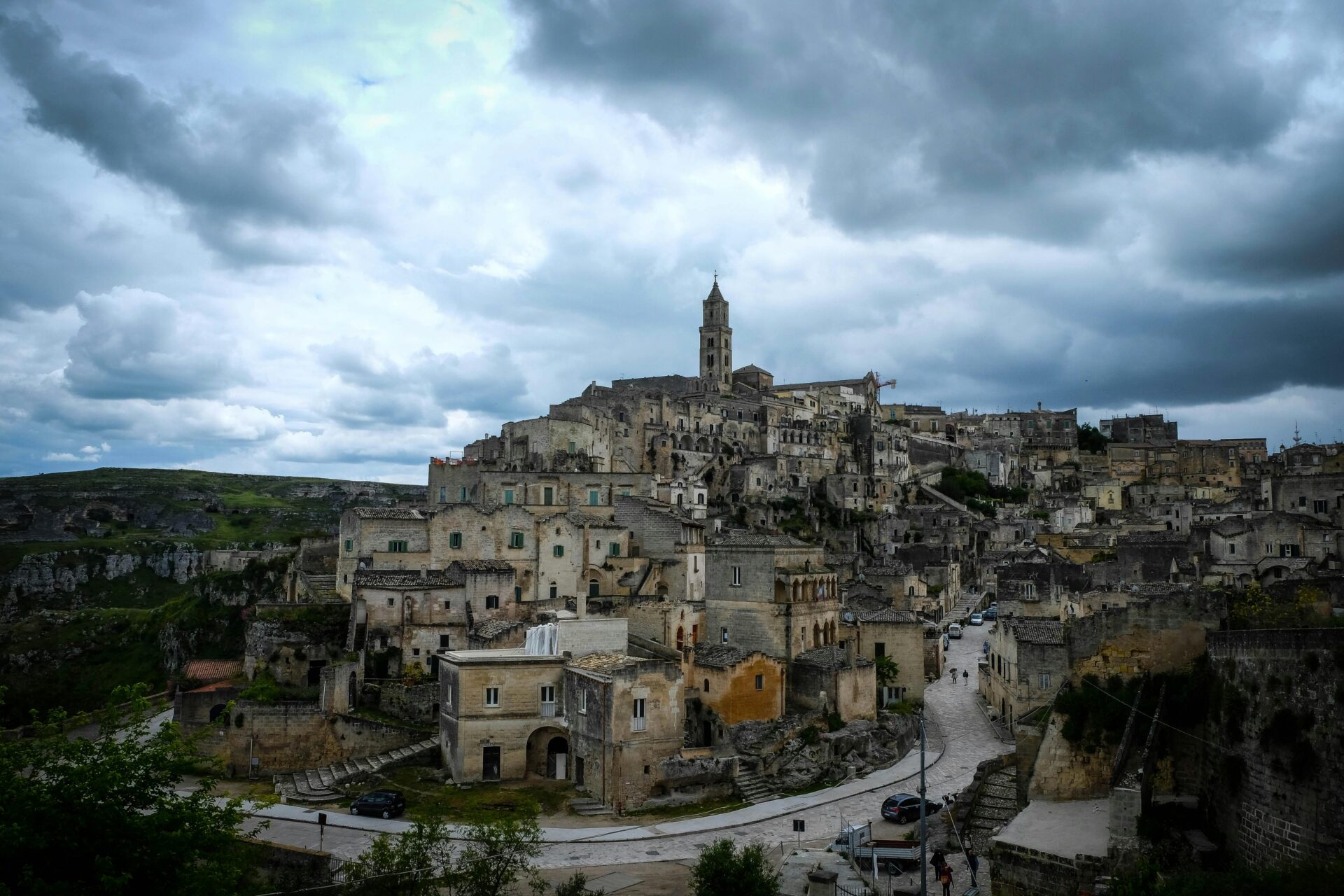
Historical Significance of Stone Architecture
These stone homes go way back. The oldest Sassi di Matera dwellings date to the Paleolithic era, making them some of the longest-inhabited places anywhere.
During the Middle Ages, entire communities thrived in these rock-carved villages. They built social lives and families in what might look like primitive homes from the outside.
The architecture tells a story. People carved out kitchens, gathering spaces, and even small churches like Santa Maria della Valle in Matera.
UNESCO recognized the Sassi di Matera as a World Heritage Site in 1993, which protects these places as living museums of human creativity.
Seeing how people turned bare rock into a home really moved me. It’s a testament to human resilience.
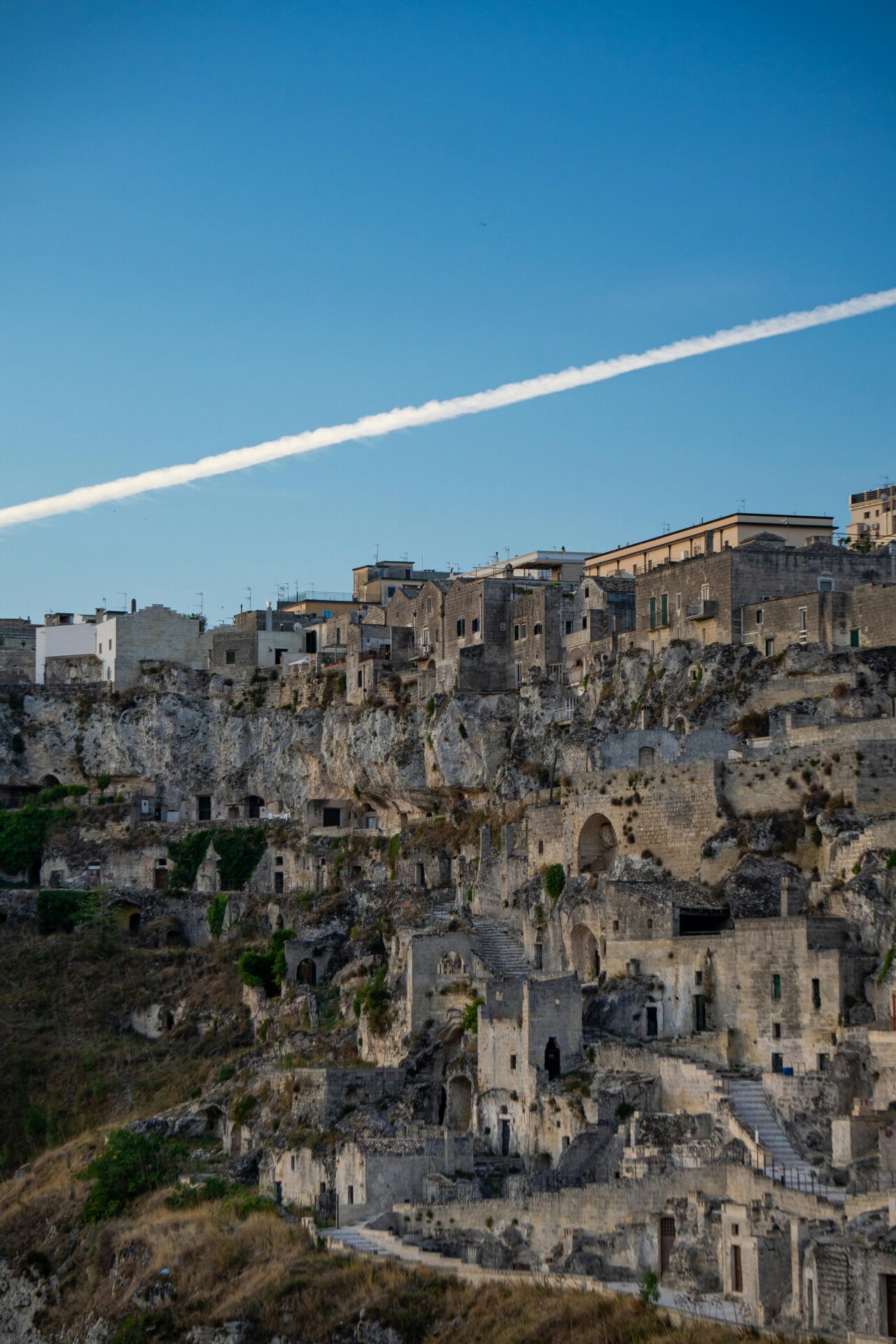
Modern Life Inside Ancient Walls
Today, these stone houses balance old and new in surprising ways. In Pietrapertosa, folks have updated their ancient homes with things like electricity, plumbing, and Wi-Fi, but they keep the stone exteriors.
I met locals who’ve managed to blend modern comfort with historic charm. It’s a unique mix you won’t find just anywhere.
Tourism has brought new energy to these towns. Some stone houses now host boutique hotels, restaurants, and shops. I even stayed in a cave hotel in Matera—2,000-year-old walls with all the modern perks.
Photographers and filmmakers flock here, too. Matera’s dramatic stone scenery has starred in more than 20 movies.
Visitors can tour these ancient homes, check out 360° images, and get a real feel for life here across the ages.
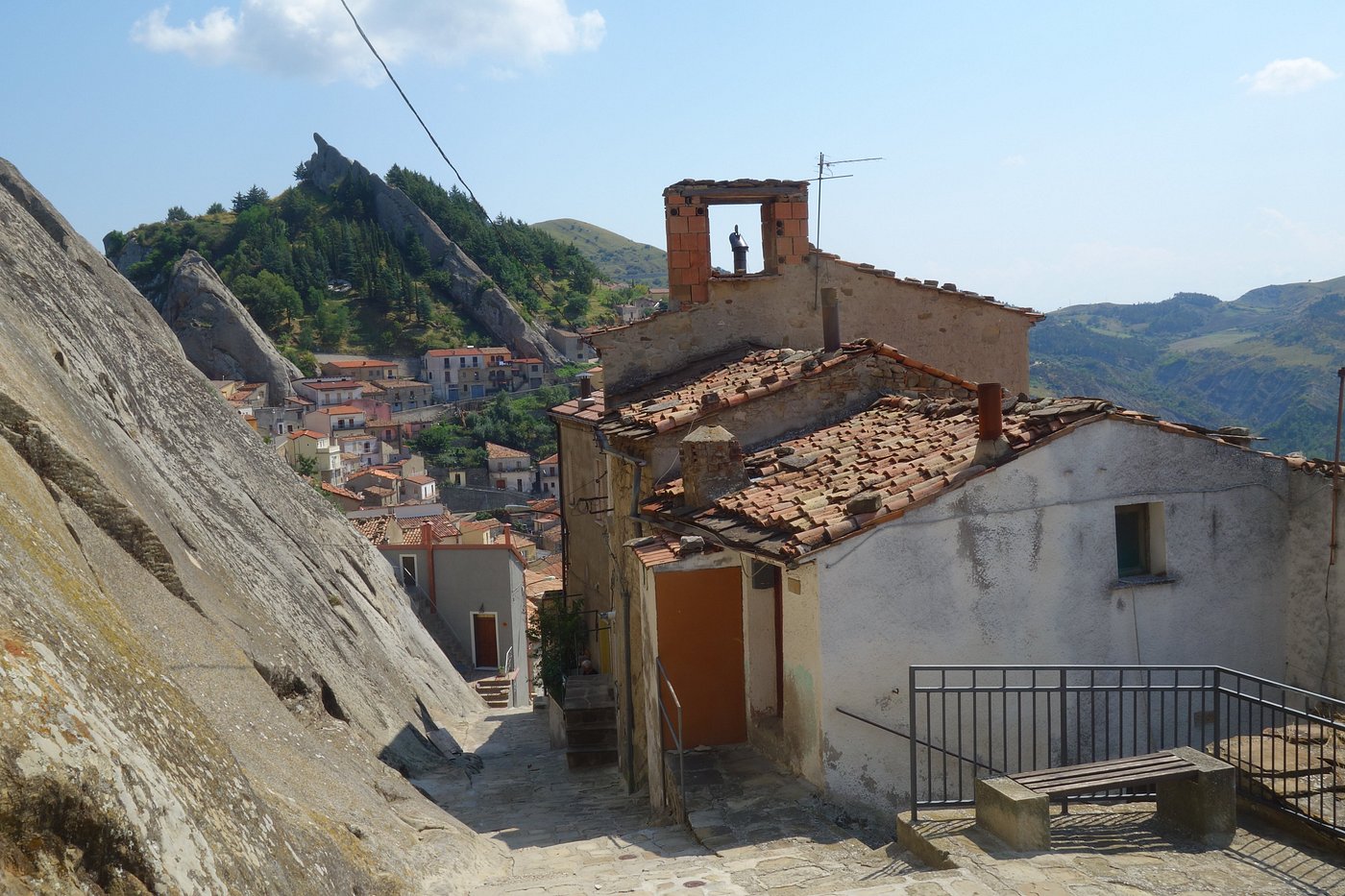
Iconic Sights and Landmarks
Basilicata’s mountain villages are packed with historic and cultural treasures. Many landmarks, carved right into the stone, tell stories about the people who made these tough landscapes their home.
Cathedrals and Chapels
I spent hours exploring rock churches scattered through the highest villages. Many date back to the 9th century and feature Byzantine frescoes that somehow survived centuries of dampness and neglect.
The main cathedral in the village square mixes Romanesque and Gothic styles with local stonework. Its bell tower gives you one of the best views around.
Tiny chapels carved into the mountainside fascinated me most. Some blend so well with the rock that I almost missed them. Inside, faded paintings tell Bible stories with a local twist.
Many chapels still host religious ceremonies during festivals. There’s something special about candlelight flickering against ancient stone.
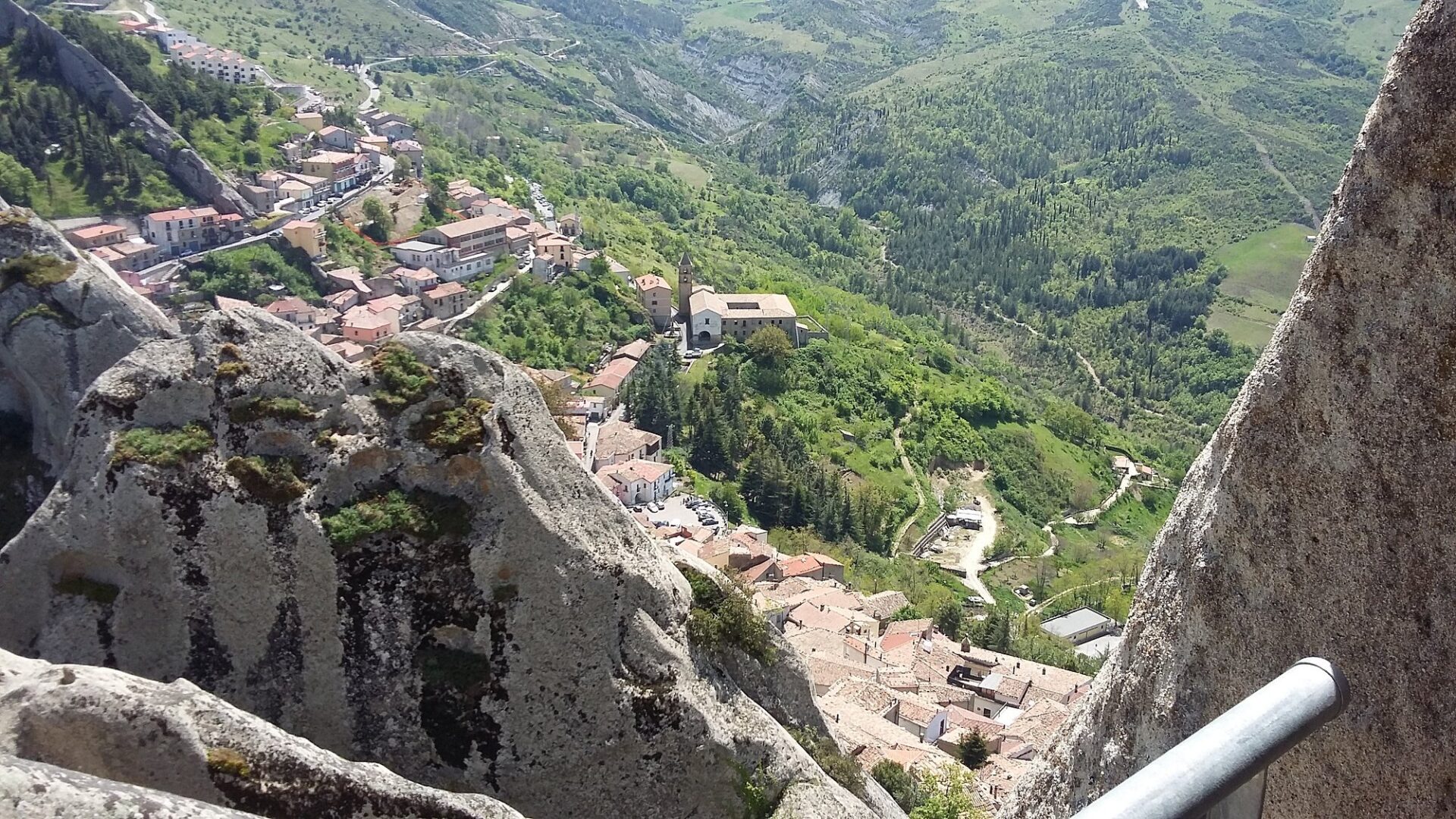
Hilltop Belvederes
The belvedere viewpoints are absolutely worth the climb. I recommend going at sunrise when mist fills the valleys below.
The main belvedere juts out from the village’s highest point and, on a clear day, you can see across three provinces. Locals say you might even spot the Mediterranean.
Smaller viewpoints dot the village edge. My favorite sits by an olive tree that, according to legend, is over 900 years old.
The eastern belvedere looks out over Castelmezzano, with its sandstone roofs tucked into the rock. At sunset, the stone glows gold—it’s unforgettable.
For photographers, the northern lookout frames Matera perfectly. I lost track of time just watching the light change over the Sassi district.
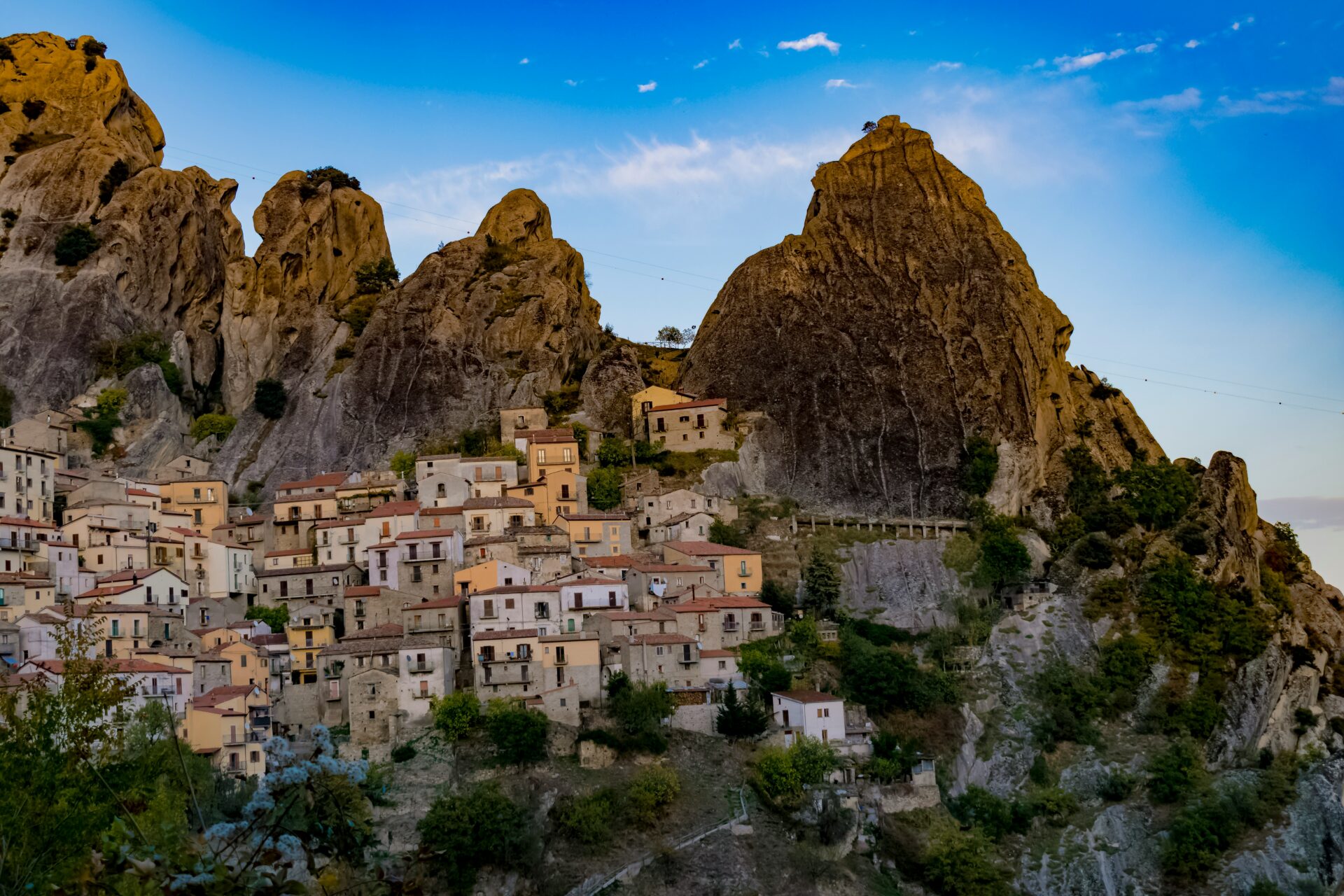
Legacy of Frederick II
Frederick II left his mark all over Basilicata’s mountain villages. The ruins of his 13th-century castle still stand, proof of his strategic sense.
I traced parts of the old defensive walls. Even though they’re crumbling, you can see why Frederick wanted a fortress here.
The village museum displays coins from his reign and bits of old documents. I didn’t expect to find out he’d built an astronomical observatory here, but the foundation stones are still visible.
On clear nights, locals gather at the old observatory spot to stargaze—how cool is that?
Guidebooks point out the arched doorways and window designs Frederick introduced. You’ll spot these touches all over the region.
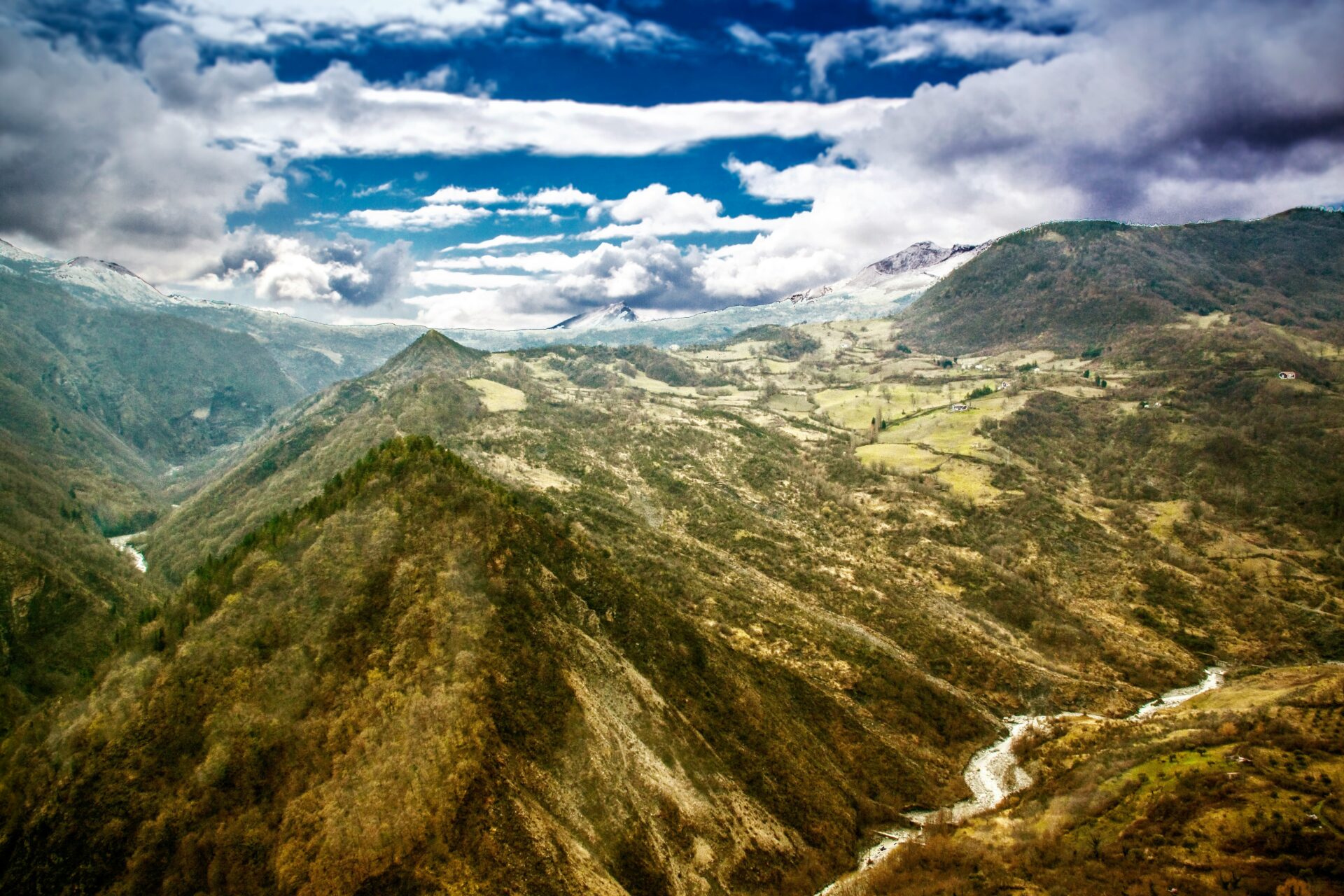
San Francesco’s Local Lore
San Francesco visited the village in 1222, and his story lives on in local legend. A modest stone church marks the spot where he’s said to have performed a miracle for a shepherd.
I met older residents who know these stories by heart, passing them down through generations. The details get colorful, but that’s half the fun.
Every year, the village holds a festival for San Francesco, with a procession through the narrow streets. Locals carry a wooden statue that supposedly holds a relic of the saint.
The cave where San Francesco prayed has become a small shrine. Worn steps lead to a simple altar, and people still leave offerings there.
His influence goes beyond religion. Locals say some of their farming and water-saving techniques came from his teachings during his short visit.
Adventure and Nature in the Basilicata Highlands
The wild highlands around Pietrapertosa offer some of Italy’s most breathtaking nature. Towering stone peaks and thick forests make it a dream for anyone who loves mountain adventures.
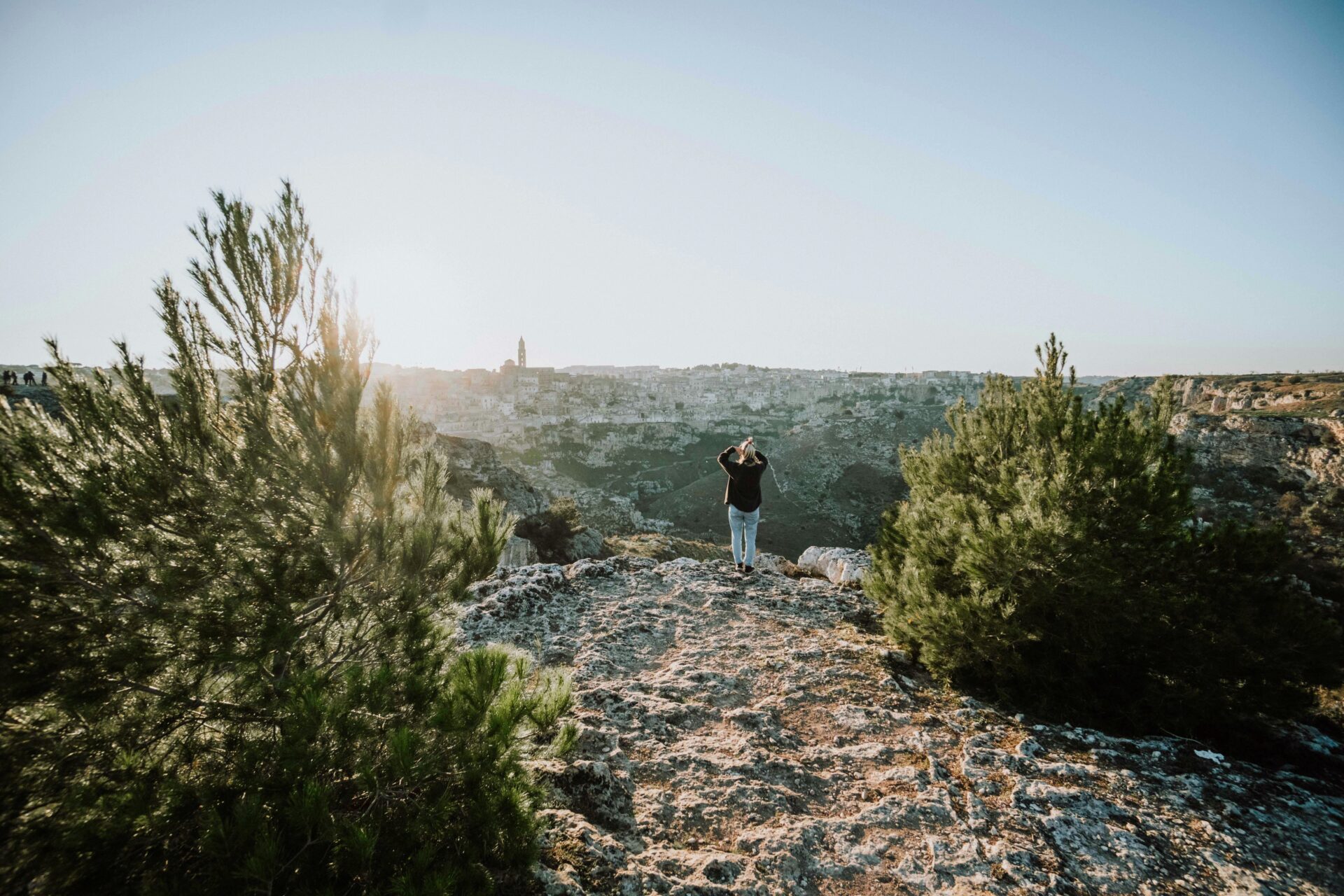
Hiking the Majestic Trails
I found a network of old trails linking Pietrapertosa to nearby villages, each one offering views that honestly rival anything else in Europe. The best route winds through the Dolomiti Lucane, where jagged rocks slice into the sky.
In spring, wildflowers cover the hillsides in color. The path to the “pierced stone” formation—the one that gave Pietrapertosa its name—takes a bit of scrambling, but the panoramic views are worth every step.
Pollino National Park, not far from here, has Italy’s southernmost trails above 2,000 meters. If you go, start early; afternoon clouds can hide the best vistas.
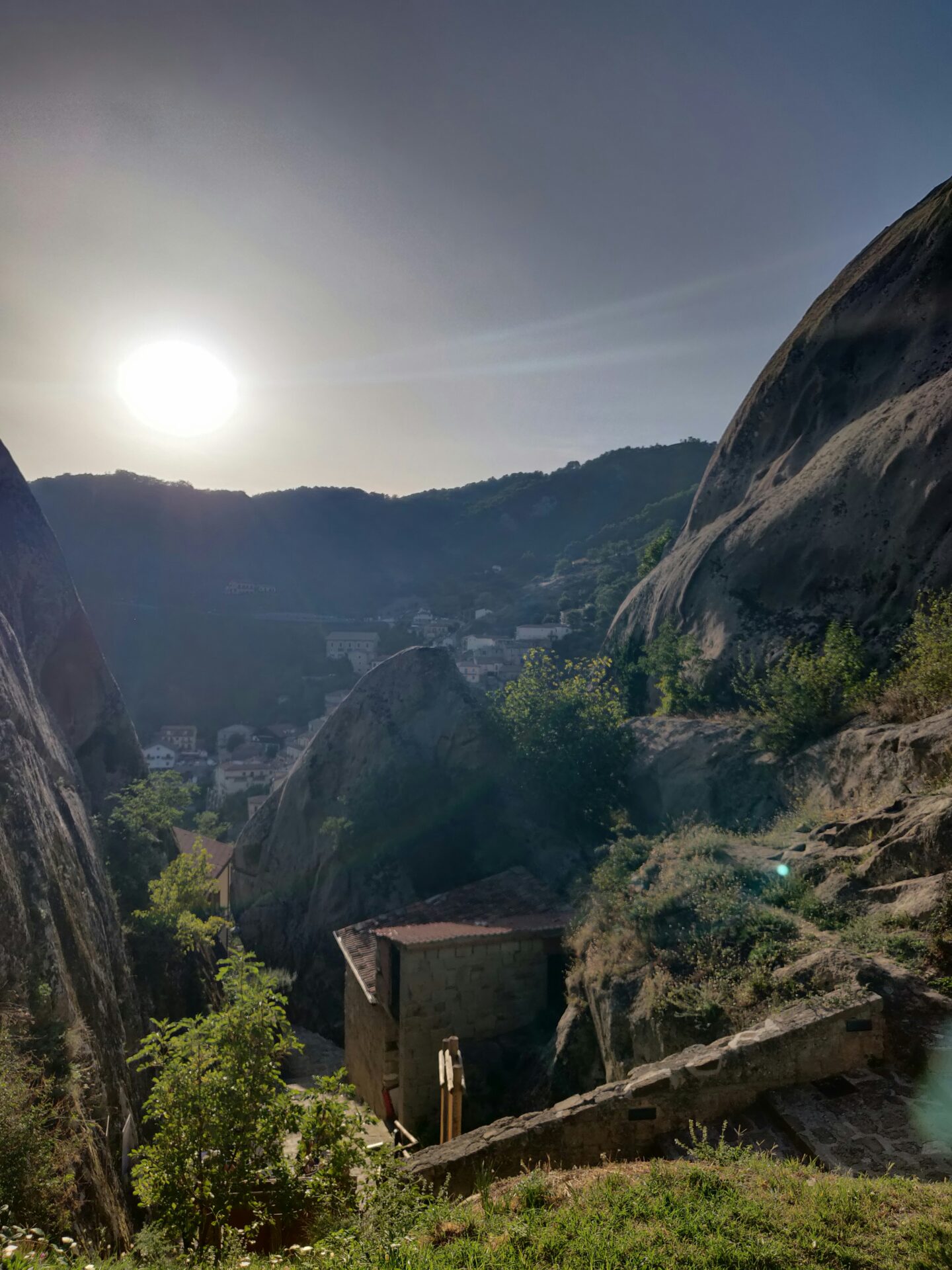
Wildlife Encounters: Boars and More
Walking quietly through the forests around Pietrapertosa, I’ve spotted wild boars rooting under chestnut trees. They vanish fast when they hear people.
These highlands support a surprising variety of wildlife. Golden eagles soar overhead, and wolves have recently returned to these remote mountains.
At dawn, I sometimes spotted roe deer drinking from mountain streams. Birdwatchers will love it here—bring binoculars to catch glimpses of rock partridges and peregrine falcons nesting in the cliffs.
Local guides can help you track animal footprints and explain the mountain ecosystem, which hasn’t changed much in centuries.
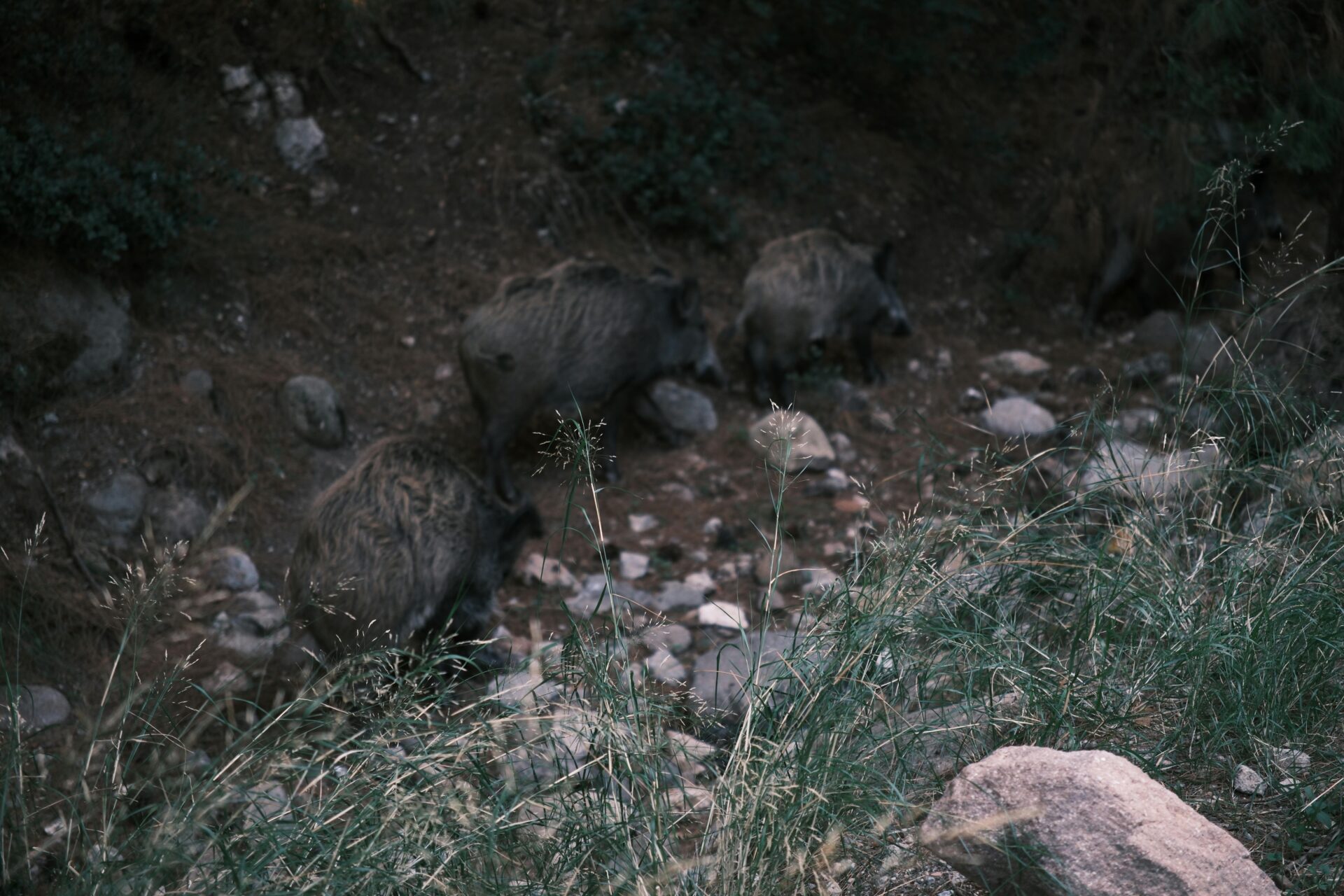
Charming Villages and Nearby Destinations
Basilicata’s network of enchanting villages stretches beyond the highest peaks. Each one has its own personality and charm, offering authentic culture and gorgeous scenery.
Craco: The Ghost Village
Walking through Craco is like wandering into a world that time just left behind.
This abandoned village sits on a steep hill, about 40 miles from Matera. A landslide forced everyone out in 1963, and since then, the stone buildings and winding paths have stood silent.
When I visited, the dramatic views of the clay hills really caught my eye. Sunlight spilled over the ancient walls, and honestly, it was hard not to snap a hundred photos.
Film directors have fallen for Craco’s haunting vibe too. You might’ve seen it in “Quantum of Solace” or “The Passion of the Christ.”
Even though nobody lives here anymore, curious travelers keep coming, drawn by something a bit off the beaten path.
Because of safety concerns, guides lead all tours—you can’t just roam around on your own. If you’re thinking of going, especially in summer, I’d definitely suggest booking ahead.
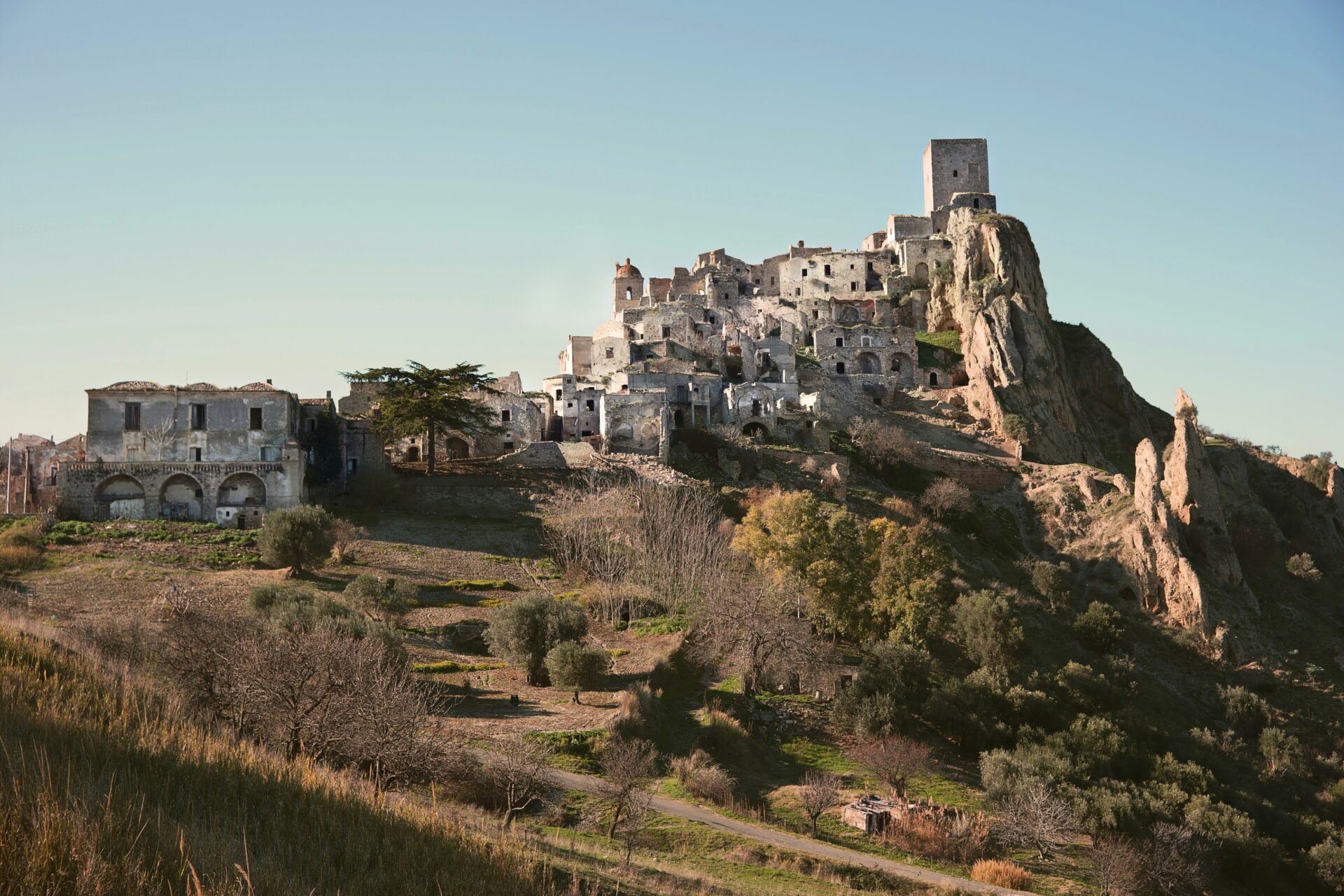
Senise: Gateway to Tradition
Senise completely won me over with its real-deal Basilicata feel and the blissful absence of crowds.
This little town is all about its sweet peppers, “peperoni cruschi.” When I showed up in autumn, I saw them drying on balconies everywhere.
Stone houses line the narrow streets, and sometimes a turn just surprises you with a view of the valleys. The Mother Church stands out with its beautiful stonework, and the local museum gives you a peek at rural life.
Senise makes a great base if you want to explore Pollino National Park. I spent a morning hiking nearby trails, then came back for a simple meal that tasted like home.
If you time it right, you’ll catch the pepper festival in August. The whole town comes alive, celebrating food and tradition. Locals are genuinely friendly, always ready to share a story or two.
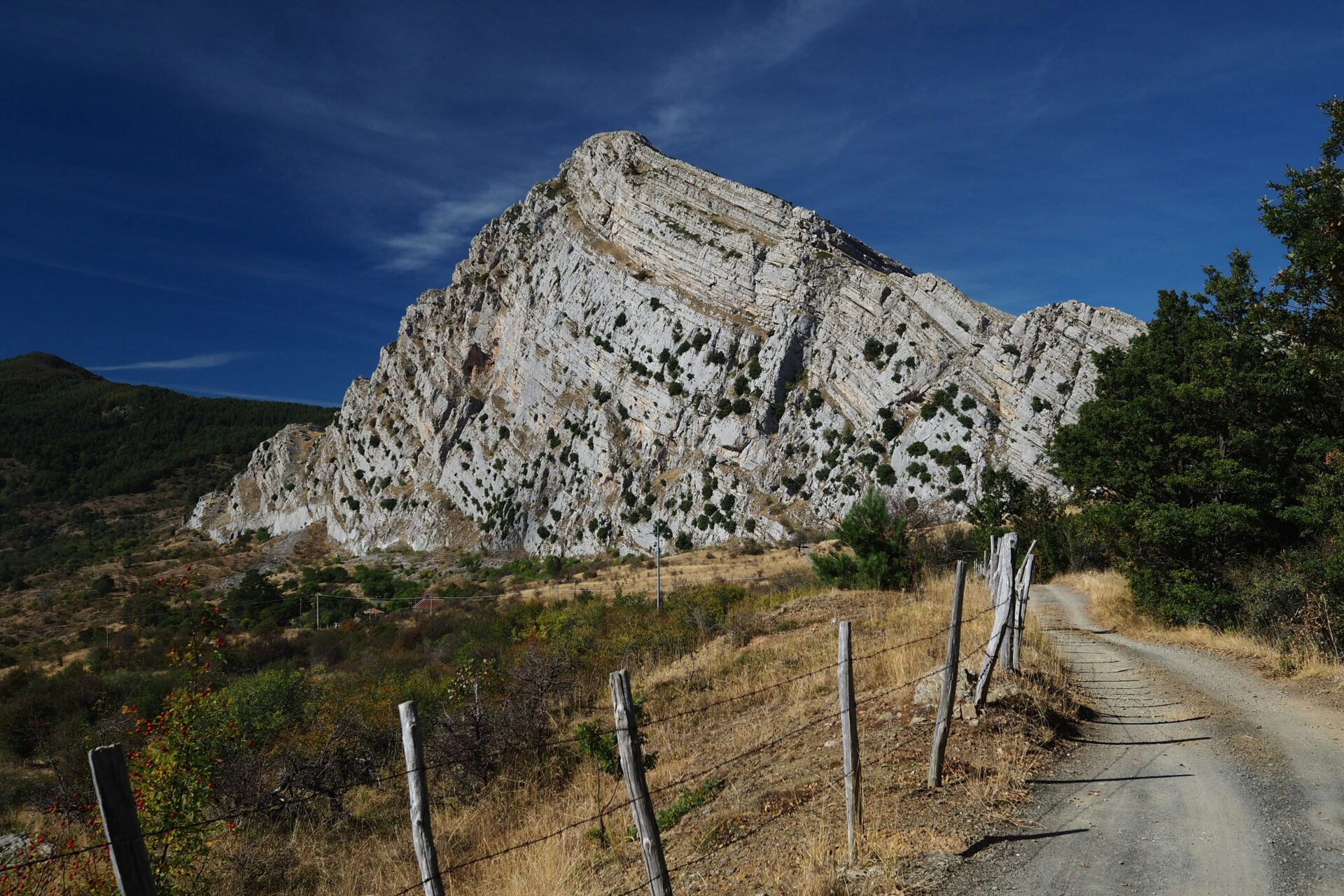
Connections to Matera and Potenza
You can easily reach Basilicata’s two main cities from these charming villages. Matera, famous for its sassi (cave dwellings), sits about an hour away by car from Senise.
Honestly, I’d say you should spend at least a full day wandering this UNESCO World Heritage site. There’s just so much to take in, you might lose track of time.
Potenza, the regional capital, brings a more modern vibe. The historic center perches on a hilltop, and Italy’s longest escalator system links the city together.
I really enjoyed the National Archaeological Museum—it gave me a deeper sense of the area’s ancient history. Maybe it’s just me, but the place had a way of making the past feel close.
You can also manage a day trip to Alberobello in neighboring Puglia. The trulli houses there look like something out of a storybook.
I went with a rental car for the freedom, although limited bus routes do connect these spots. Not the most convenient, but doable if you plan ahead.
The mountain roads twist and turn, offering up jaw-dropping views at every bend. Every drive gave me a fresh look at Basilicata’s wild, rugged beauty—honestly, I never quite knew what to expect next.

